Where Can Food Workers Wash Their Hands?
Where Can Food Workers Wash Their Hands?
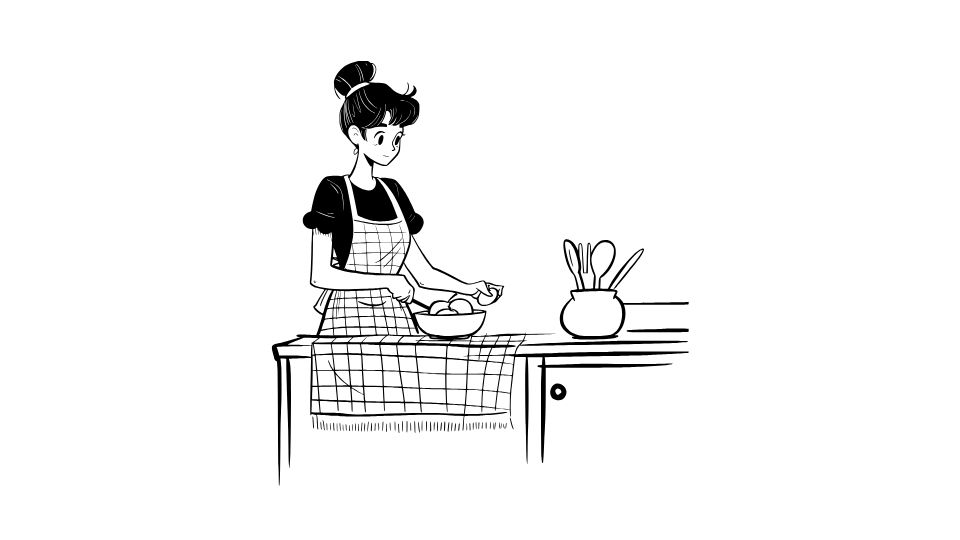
Ever grabbed some food at your favorite takeout spot and wondered if the staff actually washed their hands?
Well, you’re not alone.
I’ve always been curious what the rules are around this stuff, especially with all the focus on hygiene these days.
Turns out, there’s a whole science to proper handwashing in food service, and it’s way more specific than you might think.
The Complete Guide to Handwashing Sinks for Food Workers
When it comes to food safety, handwashing isn’t just important – it’s absolutely critical. The CDC estimates that foodborne diseases cause approximately 48 million illnesses in the United States every year.
That’s about 1 in 6 Americans getting sick from contaminated food or beverages annually. Yikes!
But here’s the thing – a huge chunk of those illnesses could be prevented with proper handwashing.
So let’s dive into everything you need to know about handwashing sinks in food service.
Where Food Workers Can (and Can’t) Wash Their Hands
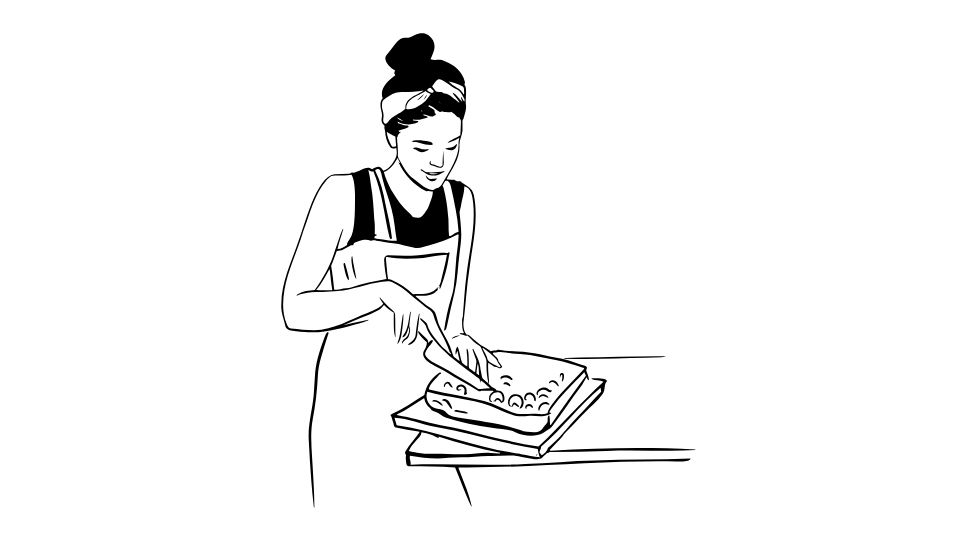
Food workers must wash their hands at designated handwashing sinks. Full stop.
These sinks need to be:
- Located in or near food preparation areas
- Used exclusively for handwashing
- Easily accessible (no obstacle course to reach them)
- Never used for food prep, washing dishes, or dumping waste
Why so strict? Because cross-contamination is no joke. That sink where you just rinsed raw chicken? Yeah, not the place to then wash your hands.
According to the FDA Food Code, handwashing facilities must be “conveniently located and accessible for employees in food preparation, food dispensing, and ware washing areas.”
What Makes a Proper Handwashing Station
A legitimate handwashing station isn’t just any old sink. It needs:
- Running potable water (both hot and cold)
- Water temperature between 100°F and 110°F (the sweet spot for killing germs without scalding)
- Liquid soap (bar soap can harbor bacteria – gross!)
- Single-use drying options like paper towels or air dryers
- A trash can nearby for used paper towels
For mobile food trucks or outdoor events, portable handwashing stations are acceptable as long as they meet these requirements.
No excuses like “but we’re just a food truck!” The National Restaurant Association is crystal clear that these standards apply everywhere food is prepared.
When Food Workers Need to Wash Up
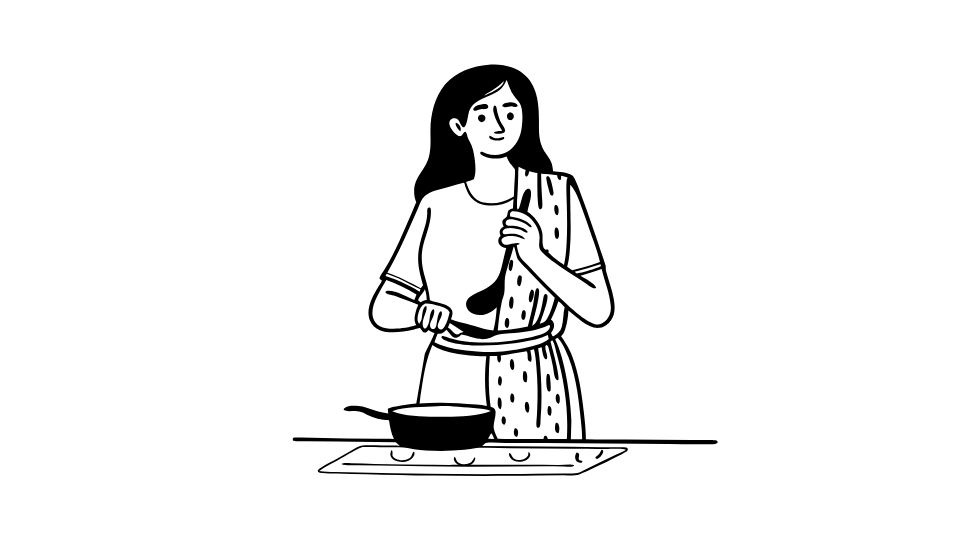
The list of when food workers should wash their hands is longer than you might think:
- Before starting work (obviously)
- After using the restroom (double obviously)
- After touching their face, hair, or any body part
- After coughing, sneezing, or using a tissue
- After handling raw meat, poultry, or seafood
- After taking out the trash
- After cleaning or touching dirty equipment
- After handling money
- Between changing tasks or food types
- Before putting on gloves
- After eating, drinking, or smoking
Basically, if you’ve touched anything that isn’t clean food or clean equipment, it’s handwashing time.
The Right Way to Wash (Because There IS a Wrong Way)
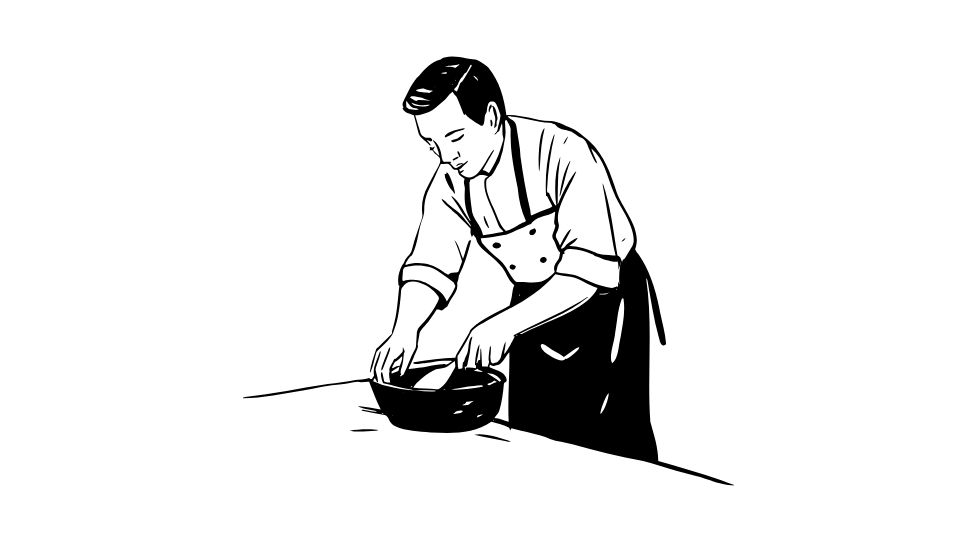
We’ve all seen those bathroom signs, but in food service, proper technique is non-negotiable. Here’s the gold standard:
- Wet hands with warm running water
- Apply soap and lather thoroughly
- Scrub for at least 20 seconds (sing “Happy Birthday” twice)
- Pay special attention to fingertips, thumbs, and between fingers
- Rinse completely under running water
- Dry with a paper towel or air dryer
- Use paper towel to turn off faucet (if manual)
The USDA’s Food Safety and Inspection Service has found that many people skip steps or don’t wash long enough – don’t be that person!
Beyond the Sink: Complete Hygiene for Food Workers
Handwashing is just one piece of the hygiene puzzle. Food workers should also:
- Wear clean clothes and appropriate hair restraints
- Remove jewelry (except plain wedding bands)
- Keep fingernails short, clean, and unpolished
- Cover cuts or wounds with waterproof bandages and gloves
- Avoid eating, drinking, or smoking in prep areas
Think of it this way – would you want someone preparing your food who just sneezed into their hands and gave them a quick rinse? Or someone with long, fancy nails harboring who-knows-what underneath them? I didn’t think so.
What About Hand Sanitizer?
Let’s clear this up: Hand sanitizer is not a replacement for proper handwashing in food service.
While alcohol-based hand sanitizers can kill many germs, they:
- Don’t work well on visibly dirty or greasy hands
- Don’t remove physical dirt and food particles
- Don’t eliminate all types of germs
Hand sanitizer can be a supplement to handwashing, but never a substitute. The CDC confirms that sanitizers don’t eliminate all types of germs and may not be as effective when hands are visibly dirty or greasy – which happens constantly in food prep.
In Summary
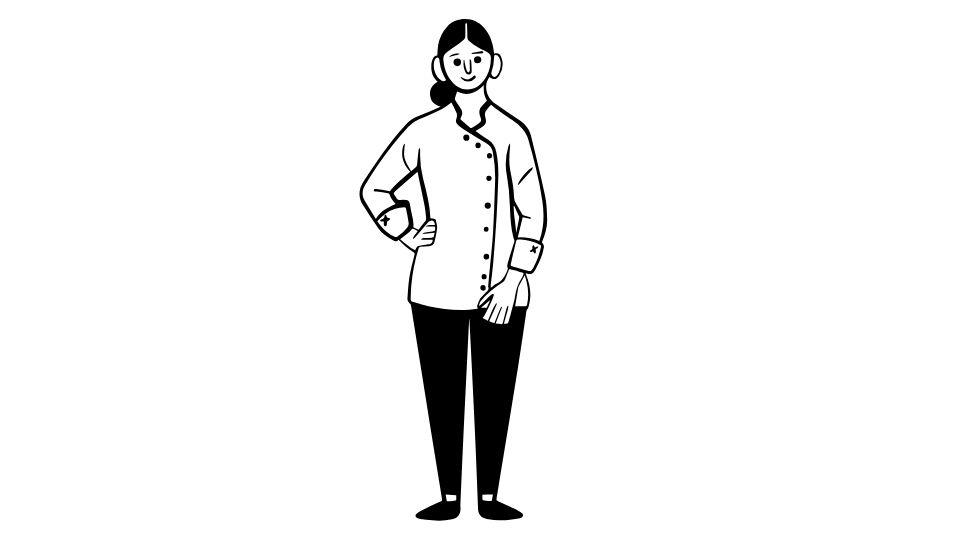
Food safety starts with clean hands, and clean hands start with proper handwashing sinks. This isn’t just about following rules – it’s about protecting people from getting sick.
So next time you’re in a restaurant and spot a dedicated handwashing sink, you’ll know that’s a good sign. And if you work in food service, remember that those 20 seconds at the sink might be the most important part of your job.
Because let’s be honest – nobody wants a side of norovirus with their burger.
Want more posts like this?Sign up for our FREE newsletter →
